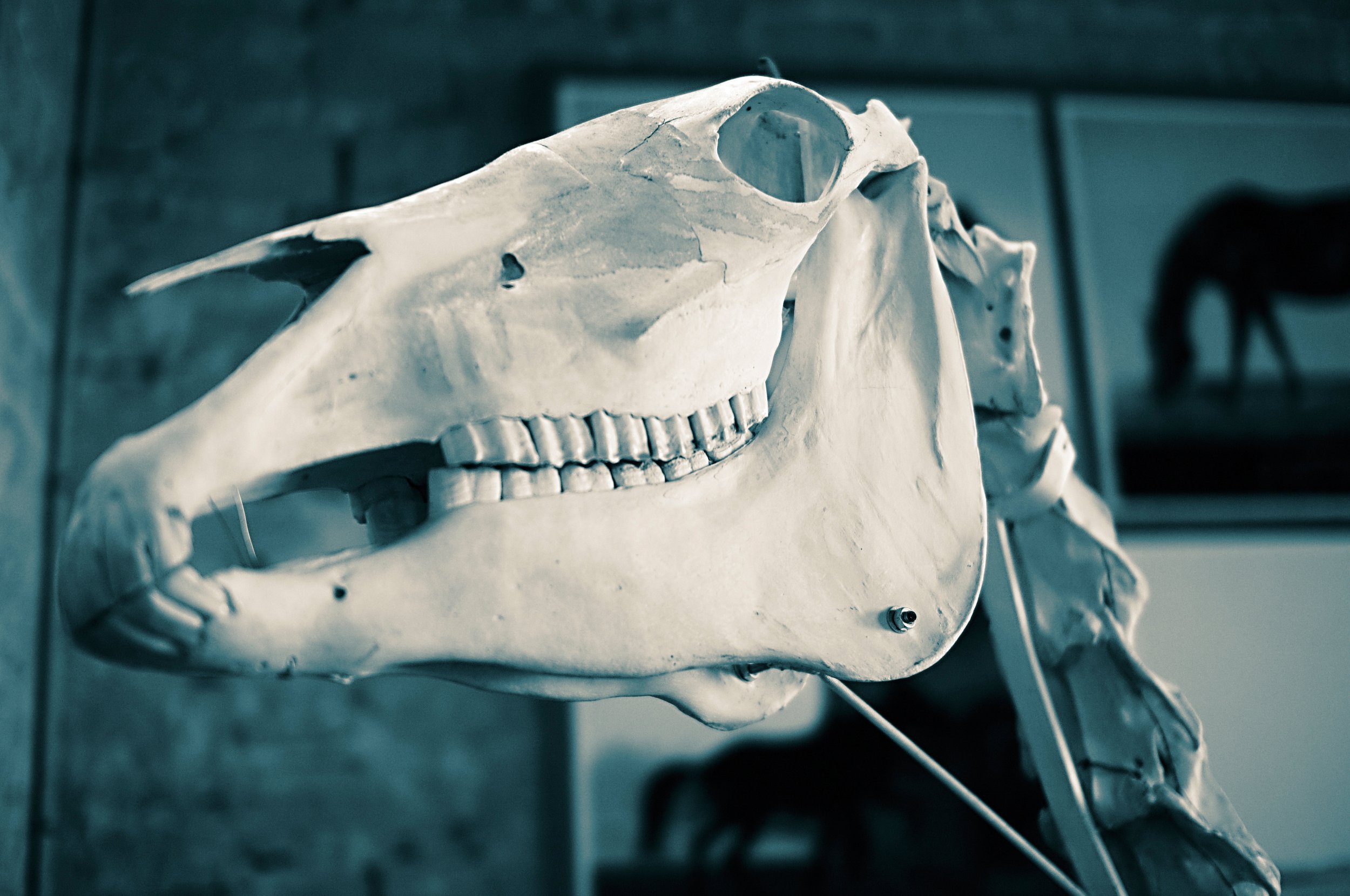



Bone fragments from past excavations can provide thousands of datapoints about the life, death and ritual significance of animals deposited in cemeteries.

Histology is the study of material at the tissue-level of organization. This microscopic investigation provides insight into cremation intensities, burial environment and can identify burnt nonhuman bone commingled with human bone when other methods (like aDNA) won’t work.

The ratio of 87Sr to 86Sr varies across the landscape depending on the age and composition of the underlying bedrock. By measuring the ratio in horses’ teeth we determine whether they were raised locally to their final resting place.

In partnership with geneticists at the National Research Institute of Animal Production (Kraków), aDNA sequencing is providing insight into the physical characteristics of sacrificed horses.

ZooMS (Zooarchaeology by Mass Spectrometry) identifies bone fragments to species based on peptides extracted from the collagen.